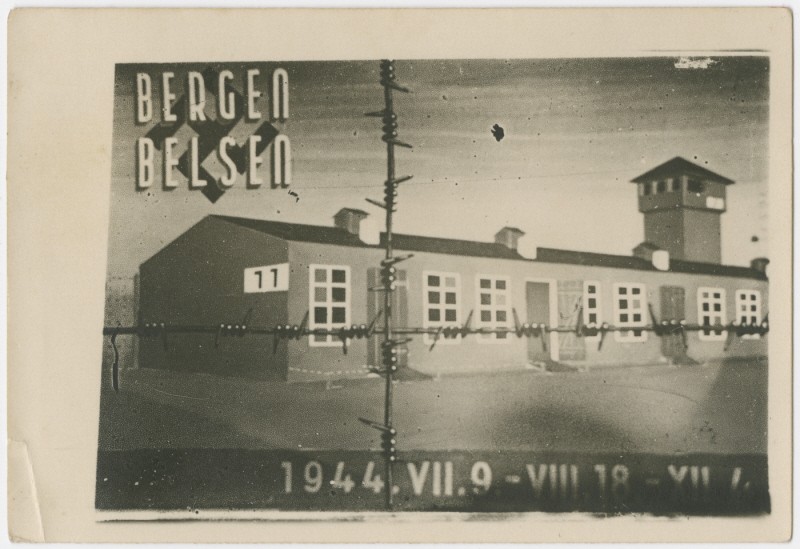
Rudolf (Rezső) Kasztner
Rudolf Kasztner (1906–1957) was born in Cluj (then Kolozsvár) in the Austro-Hungarian Empire. He was a Hungarian-Jewish journalist and Labor Zionist activist. He would become most well known for his controversial efforts to help Jewish refugees escape from Hungary in 1944.
Before the German Occupation of Hungary
Kasztner grew up in Transylvania (annexed to Hungary in 1940). He attended law school, but worked as a journalist. He became involved in Zionist politics in Hungary and joined the Labor Zionist Ichud Party. Kasztner married Elizabeth Fisher, daughter of Josef Fisher, a member of parliament and president of the Cluj Jewish community in 1934. He was a writer for Új Kelet, a Hungarian language Zionist newspaper published in Cluj as a daily from 1920 until 1941.
After the outbreak of World War II in September 1939, Kasztner helped establish an information center in Cluj for Jewish refugees arriving from Germany, Austria, and Poland. After the Hungarian government shut down Új Kelet for its Zionist stance in 1941, Kasztner moved to Budapest in 1942 to find employment. Once there, Kasztner and other Zionist activists (including Joel and Hanzi Brand) helped organize the Relief and Rescue Committee (Va'adat Ezra ve-Hatzalah, or the Va'adah) in 1943, for the rescue of Jewish refugees trying to escape the Nazi terror in neighboring countries by entering Hungary.
Negotiations with the SS
After the German invasion and occupation of Hungary on March 19, 1944, the focus of the Relief and Rescue Committee turned to negotiations with the SS to exchange people for military hardware and trucks, referred to as “Blood for Goods.”
Beginning in April 1944, Kasztner and Joel Brand entered into negotiations with Dieter Wisliceny and Adolf Eichmann of the SS in the hope of suspending deportations of Jews from Hungary. In late April 1944, Adolf Eichmann proposed “selling” 10,000 Jews in exchange for trucks delivered to the Nazis. Brand traveled to Turkey to present the proposal to the Allies and representatives of the Yishuv (the Jewish community in Palestine). After Brand failed to return from Istanbul, Kasztner took over negotiations with Eichmann and Kurt Becher, even as the mass deportation of Hungarian Jews began in May 1944.
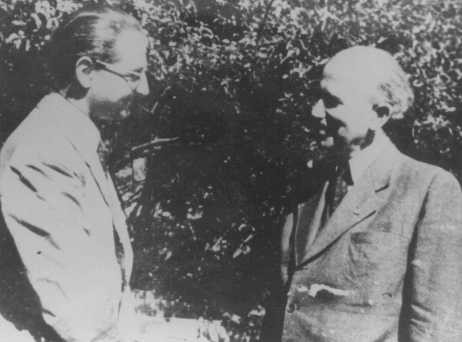
In June 1944, Kasztner convinced Eichmann to allow nearly 1,700 Hungarian Jews to escape Hungary and the deportations to Auschwitz. A small committee headed by Otto Komoly, chairman of the Relief and Rescue Committee, Kasztner, and other Hungarian Jewish leaders selected the passengers for the rescue transport.
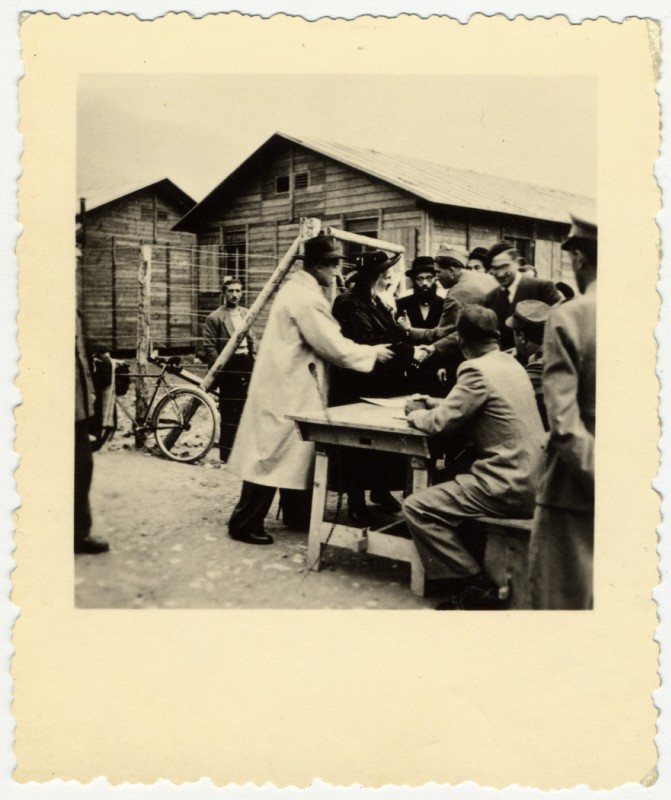
The list of nearly 1,700 Jews slated for release included wealthy Jews, Zionist leaders, prominent rabbis (including the Satmar Rebbe, Joel Teitelbaum), and perhaps most controversially, Kasztner's own friends and family members. Kasztner would later argue that he had insisted on the inclusion of his own family to convince others of the safety of the convoy. There were 338 Jews from Kasztner's home city of Cluj. Other passengers on the “Kasztner train” represented a cross-section of Hungarian Jewry: journalists, teachers, artists, nurses, housewives with small children, peasant farmers, and small businessmen.
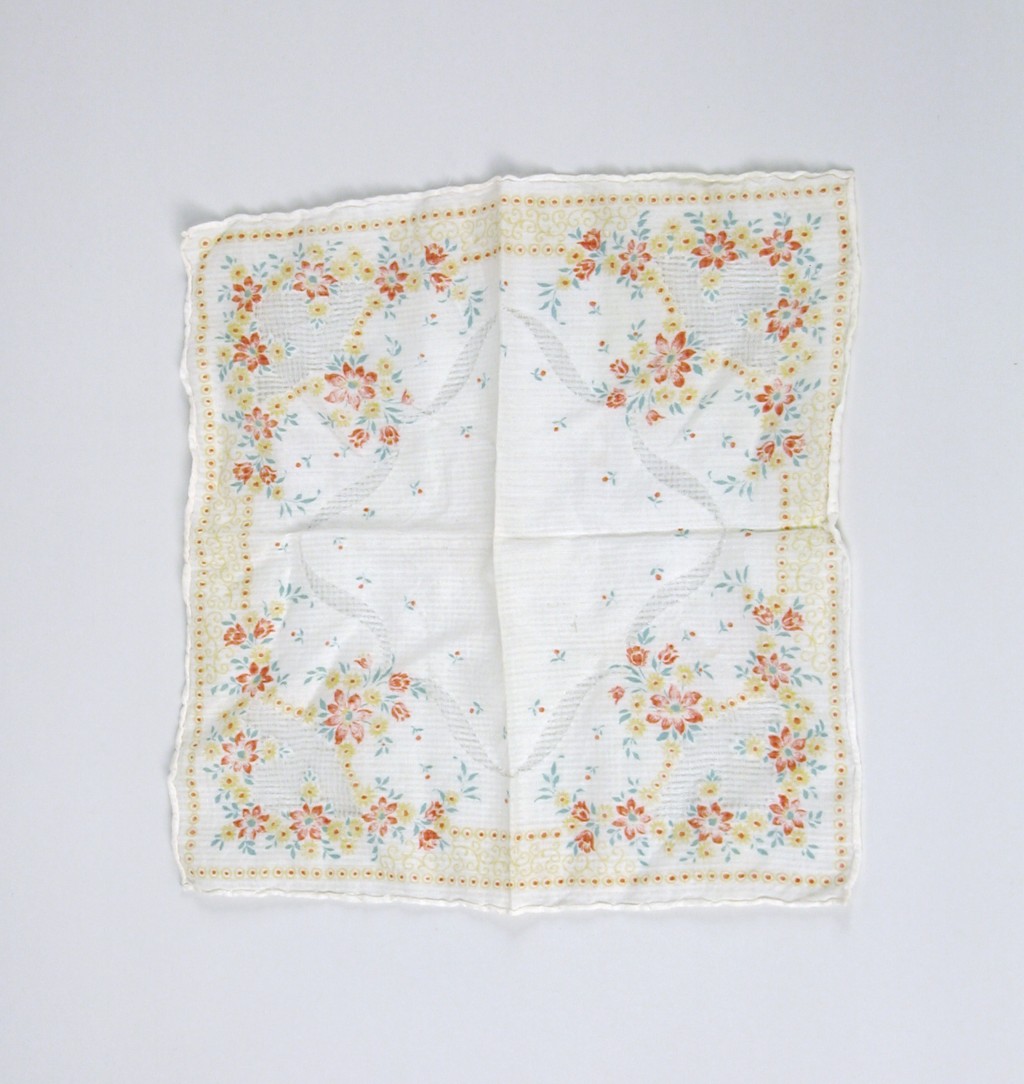
The “Kasztner Train”

On June 30, 1944, the “Kasztner train” left Budapest, carrying 1,686 individuals in exchange for an unclear sum of money—some reports indicate perhaps $1,000 per person paid in currency, gold, jewels, and shares of stock collected by the Jewish committee. Despite a promise from Adolf Eichmann that the train would travel directly to Switzerland, the transport reached Bergen-Belsen on July 8, 1944. The passengers were held in the camp for several months in the Ungarnlager (Hungarian camp).
In late August 1944, 318 Jews from the Kasztner train were released from Bergen-Belsen and transported to Switzerland. On December 7, 1944, the remaining 1,368 Jews from the transport reached Switzerland. Kasztner traveled to Switzerland in late November 1944.
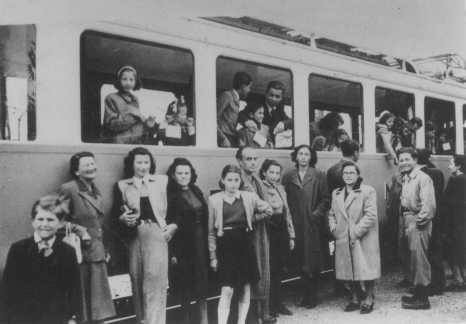
Postwar Controversy
After the war, Kasztner intervened on behalf of Kurt Becher, Dieter Wisliceny, and Herman Krumey with whom he had negotiated in Hungary. He declared to the International Military Tribunal in Nuremberg that Becher in particular was one of the few SS leaders who had the courage to resist the Nazi plan for annihilation of the Jews and that he had, in fact, attempted to rescue Jews. Thanks in part to Kasztner's statement, Becher was not prosecuted as a war criminal.
Kasztner moved to Israel after the war and continued his active role in Labor Zionist politics, becoming a spokesman for the Ministry of Trade and Industry in 1952.
Kasztner's controversial role in negotiating with the SS became prominent news in 1953 when Malkiel Gruenwald published a leaflet accusing Kasztner of having collaborated with the Nazis. Gruenwald was a Hungarian Jew who had lost dozens of relatives in the Holocaust. He charged that through the negotiations with Eichmann and Becher, Kasztner had participated in the destruction of Hungarian Jewry. He also charged that Kasztner had personally benefitted from his negotiations with the SS while failing to warn Hungarian Jews of the impending deportations, even though he was among the first to receive a copy of the Auschwitz Protocols—the Vrba-Wetzler report—from Slovakian Jewish leaders in late April 1944.
Gruenwald sought to expose what he saw as Kasztner's crimes. A member of Ha-Mizrahi (the religious Zionist party), Gruenwald also hoped to denounce Mapai (the Labor Zionist governing party) and force the government to appoint a commission that would investigate the events leading to the destruction of Hungarian Jewry.
Kasztner subsequently sued Gruenwald for libel. Because of his position as a government official, Kasztner was represented at trial by Haim Cohen, Israel's attorney general. The trial of Gruenwald for libel would become known as the “Kasztner Trial.” Gruenwald's defense attorney, Shmuel Tamir, succeeded in turning what was supposed to be a libel trial against Gruenwald into an indictment of Kasztner and the ruling Mapai Party.
Four key charges against Kasztner were outlined in Gruenwald's pamphlet:
- Collaboration with the Nazis
- “Paving the way for the murder” of Hungarian Jewry
- Partnership with a Nazi war criminal [Kurt Becher] in acts of thievery
- Saving a war criminal from punishment after the war [Kurt Becher]
In his judgment on June 22, 1955, Judge Halevi accepted most of Gruenwald's accusations against Kasztner. He ruled that by saving the Jews on the Kasztner train while failing to warn others that their resettlement was in fact deportation to the gas chambers, Kasztner had sacrificed the majority of Hungarian Jewry for a chosen few. It also had become clear during the trial that Kasztner had indeed submitted testimony on behalf of Becher after the war, a fact he had earlier denied. The verdict triggered the fall of the Israeli Cabinet after the government sought to appeal on Kasztner's behalf.
The Supreme Court of Israel overturned most of the judgment in January 1958, stating that the lower court had “erred seriously” in its decision. Before the highest court returned this verdict, however, Kasztner was shot in an assassination attempt near his home in Tel Aviv on the night of March 4, 1957. The attack was carried out by three veterans of the right-wing pre-state militia group Lehi, once a splinter group of the Irgun. Kasztner died of his wounds twelve days later.

